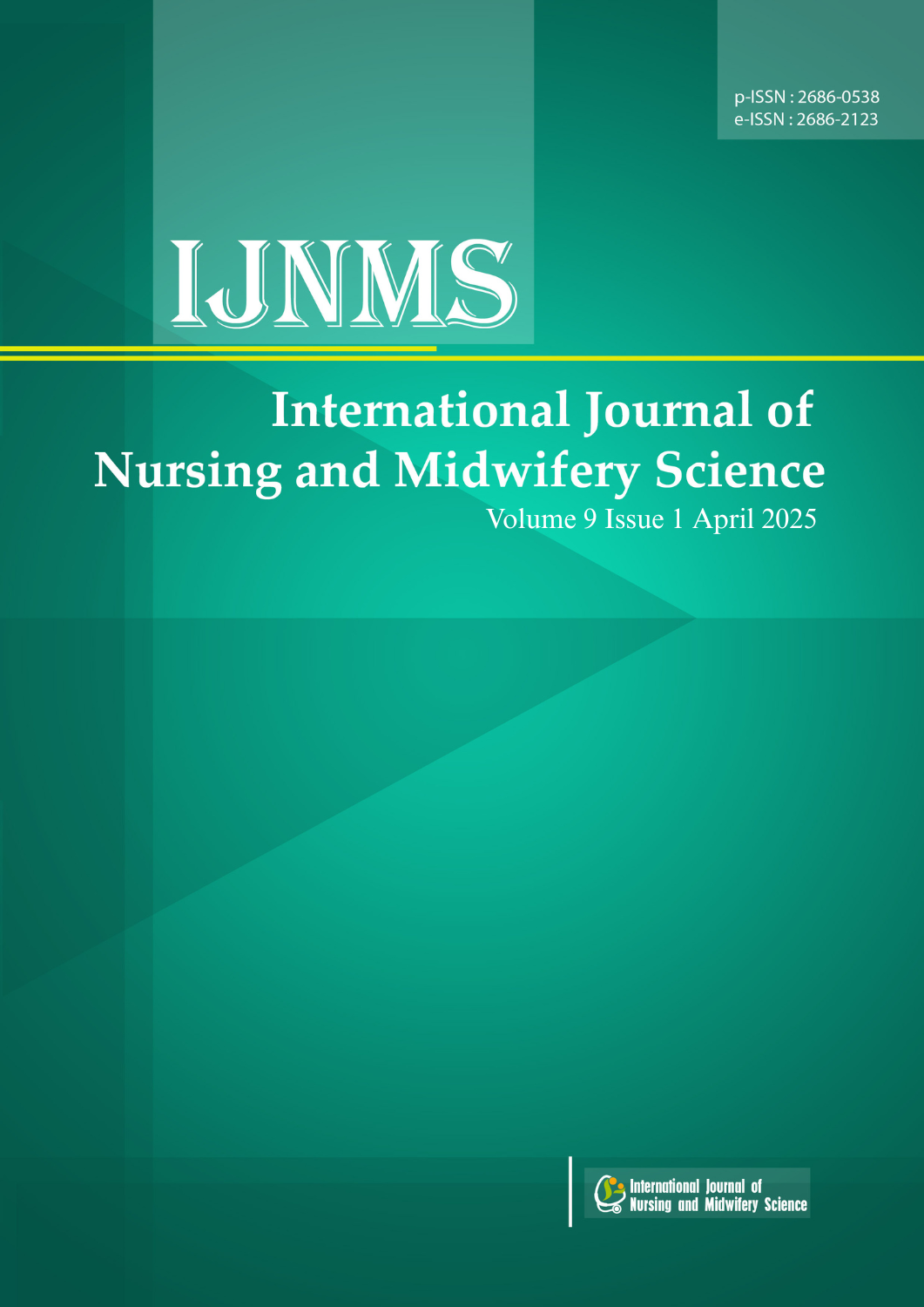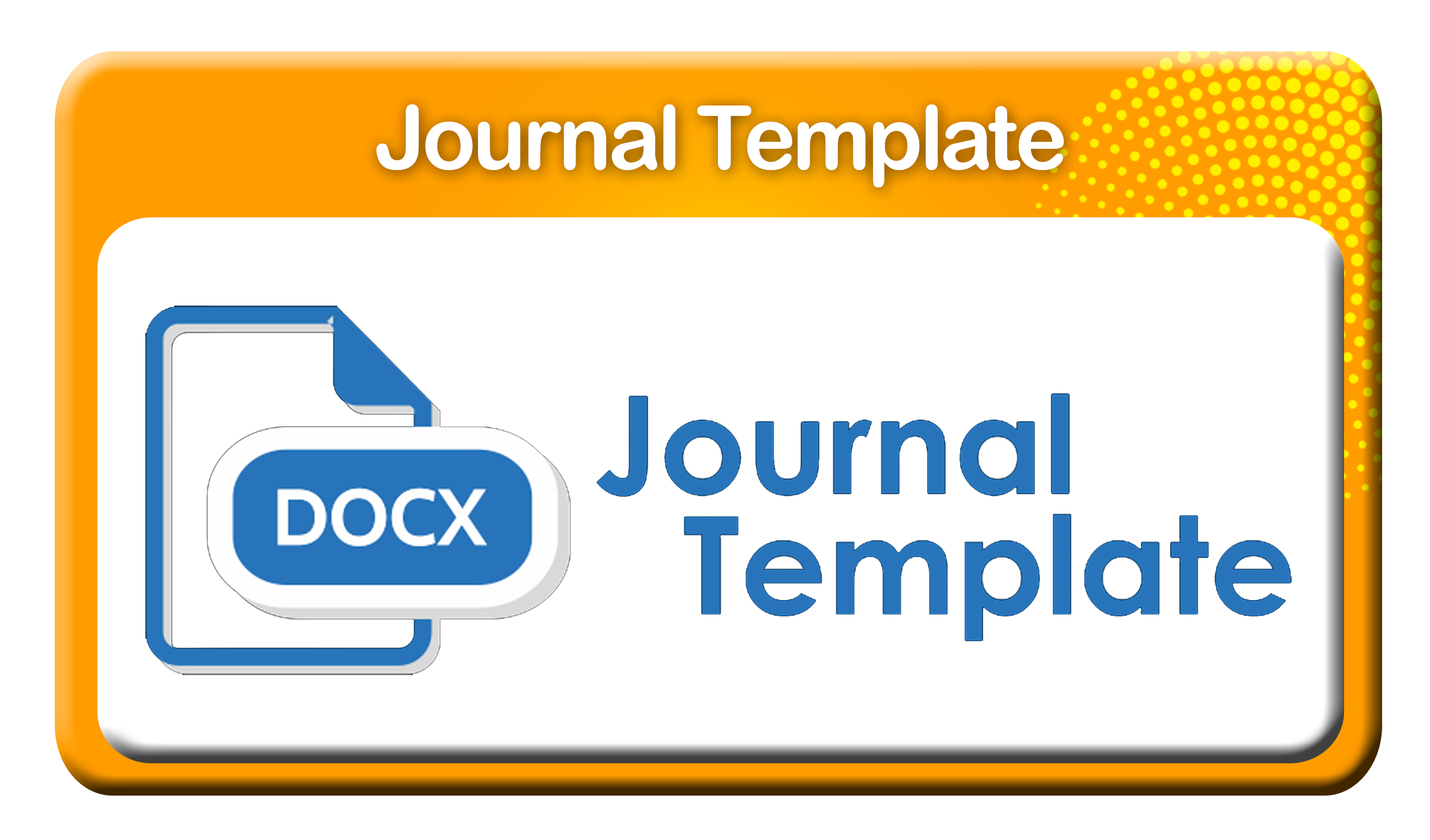THE EFFECT OF BALLOON BLOWING THERAPY IN PATIENTS WITH PPOK IN IMPROVING OXYGEN SATURATION
DOI:
https://doi.org/10.29082/IJNMS/2025/Vol9/Iss1/673Keywords:
COPD, Oxygen Saturation, Balloon Blowing TherapyAbstract
COPD is a disease of the respiratory system characterized by progressive and irreversible airway obstruction, accompanied by inflammation and systemic effects leading to airway narrowing and increased sputum production. This results in difficulty breathing and shortness of breath, which can be seen through increasingly strong contractions of the respiratory muscles. Prevention can be done through respiratory rehabilitation, such as blowing balloon exercise, which aims to better improve oxygen saturation. One way to measure this is by monitoring oxygen saturation. This study aims to determine the effect of balloon blowing on improving oxygen saturation in COPD patients. The research design used a one group pre-post design. The population of this study were patients with COPD, 30 samples were selected purposive sampling technique and data analysis using Wilcoxon test. The results showed that there was an effect of balloon blowing therapy on increasing oxygen saturation in COPD patients at UNS Hospital (p value 0.000). Researchers recommend that blowing balloon exercise be done regularly and consistently, with three blows every morning for three consecutive days, so that COPD patients can achieve more optimal oxygen saturation and reduce the risk of exacerbations.
Keyword : COPD, Oxygen Saturation, Balloon Blowing Therapy
Downloads
References
Astriani, N. M. D. Y., Dewi, P. I. S., & Yanti, K. H. (2020). Relaksasi Pernafasan dengan Teknik Ballon Blowing terhadap Peningkatan Saturasi Oksigen pada Pasien PPOK. Jurnal Keperawatan Silampari, 3(2), 426–435. https://doi.org/10.31539/jks.v3i2.1049
Badan Penelitian Dan Pengembangan Kesehatan Republik Indonesia. (2018). Laporan Riskesdas 2018 Nasional.pdf. In Lembaga Penerbit Balitbangkes (p. hal 156).
Clari, M., Matarese, M., Ivziku, D., & De Marinis, M. G. (2017). Self-Care of People with Chronic Obstructive Pulmonary Disease: A Meta-Synthesis. Patient, 10(4), 407–427. https://doi.org/10.1007/s40271-017-0218-z
Hartina, S., Wahiduddin, W., & Rismayanti, R. (2021). Faktor Risiko Kejadian Penyakit Paru Obstruktif Kronik Pada Pasien Rsud Kota Makassar. Hasanuddin Journal of Public Health, 2(2), 159–171. https://doi.org/10.30597/hjph.v2i2.13139
Hidayat, A. S., Sofiani, Y., & Agung, R. N. (2024). Efektivitas tiupan blowing balloon exercise terhadap saturasi oksigen pada pasien penyakit paru obstruksi kronik di Rumah Sakit Umum Daerah Karawang. Jurnal Ilmu Kesehatan Bhakti Husada: Health Sciences Journal, 15(01), 219–229. https://doi.org/10.34305/jikbh.v15i01.1083
Khoiriyah, K., Rahayu, F. A., Nurhidayati, T., & Baidhowy, A. S. (2022). Balloon Therapy to Reduce Shortness of Breath in Chronic Obstructive Lung Disease Patients. Jurnal Aisyah : Jurnal Ilmu Kesehatan, 7(S2), 79–84. https://doi.org/10.30604/jika.v7is2.1410
Park, S. K. (2017). Factors affecting self-care behavior in Koreans with COPD. Applied Nursing Research, 38(September), 29–37. https://doi.org/10.1016/j.apnr.2017.09.003
P. Paramitha, “Respon Pasien Penyakit Paru Obstruktif Kronis (Ppok) Dengan Gangguan Pemenuhan Kebutuhan Oksigenasi Terhadap Penerapan Fisioterapi Dada Di Rumah Sakit Khusus Paru ‘Respira,’” pp. 8–25, 2020, [Online]. Available:https://eprints.poltekkesjogja.ac.id/id/eprint/2512
Priastuti NF, Karuniawati H. Analisis Drug Related Problems Terkait Dengan Ketidaktepatan Dosis Dan Interaksi Obat Pada Pasien Penyakit Paru Obstruksi Kronik (PPOK) Di RSUD DR. Moewardi Tahun 2015 (Doctoral dissertation, Universitas Muhammadiyah Surakarta).
Sa’diyah, N. B., & Suandika, M. (2023). Implementasi Pada Pasien Dengan Ppok Di Ruang Edelweis Atas Rsud Kardinah Tegal. Jurnal Ilmiah Global Education, 4(2), 996–999. https://doi.org/10.55681/jige.v4i2.910
Setiawan, A., Purwono, J., & Immawati. (2021). Penerapan Fisioterapi Dada Dan Nebulizer DalamMeningkatkan Saturasi Oksigen Pada Pasien Ppok. Jurnal Cendikia Muda, 1(1), 6--12.
Singh, D., Agusti, A., Martinez, F. J., Papi, A., Pavord, I. D., Wedzicha, J. A., Vogelmeier, C. F., & Halpin, D. M. G. (2022). Blood Eosinophils and Chronic Obstructive Pulmonary Disease: A Global Initiative for Chronic Obstructive Lung Disease Science Committee 2022 Review. American Journal of Respiratory and Critical Care Medicine, 206(1), 17–24. https://doi.org/10.1164/rccm.202201-0209PP
Sulistiowati, S., Sitorus, R., & Herawati, T. (2021). Asuhan Keperawatan Pada Pasien Dengan Penyakit Paru Obstruksi Kronik (PPOK). Jurnal Ilmiah Kesehatan Keris Husada, 5(1), 30–38. http://repository.ump.ac.id/1077/5/ENDAH RETNO HAPSARI BAB II.pdf
Tarigan, A. P. S., & Juliandi. (2018). Pernafasan Pursed Lip Breathing Meningkatkan Saturasi Oksigen Penderita Penyakit Paru Obstruktif Kronis (PPOK) Derajat II. Jurnal Online Keperawatan Indonesia, 1(2), 39–46. http://e-journal.sari-mutiara.ac.id/index.php/Keperawatan/article/view/426
Tunik, T., Niningasih, R., & Yuswantoro, E. (2020). The Effectiveness of Breath Relaxation with Balloon Blowing Technique towards Oxygen Saturation of COPD Patients. Jurnal Pendidikan Kesehatan, 9(2), 193. https://doi.org/10.31290/jpk.v9i2.2031
Yawn, B. P., Mintz, M. L., & Doherty, D. E. (2021). Gold in practice: chronic obstructive pulmonary disease treatment and management in the primary care setting. International Journal of COPD, 16, 289–299. https://doi.org/10.2147/COPD.S222664
Yuningsih, Y. (2017). Pengaruh Latihan Nafas Dalam Terhadap Peningkatan Saturasi Oksigen Pada Klien Terpasang Water Seal Drainage (Wsd) Di Rsud Kabupaten Tangerang. Jurnal Keperawatan Komprehensif (Comprehensive Nursing Journal), 3(2), 72–77. https://doi.org/10.33755/jkk.v3i2.87
Downloads
Published
Issue
Section
License
Copyright (c) 2025 Ranti Sumarni, Anik Suwarni, Widiyono, Tegar Pradipto

This work is licensed under a Creative Commons Attribution-ShareAlike 4.0 International License.
Authors who publish with IJNMS agree to the following terms
- Authors retain copyright licensed under a Creative Commons Attribution-ShareAlike 4.0 International License that allows others to share the work non-commercially with an acknowledgement of the work's authorship and initial publication in this journal.
- Authors are permitted and encouraged to post their work online (e.g., in institutional repositories or on their website) prior to and during the submission process, as it can lead to productive exchanges, as well as earlier and greater citation of published work (See The Effect of Open Access). Authors can archive pre-print and post-print or publisher's version/PDF.









_IJNMS.png)






